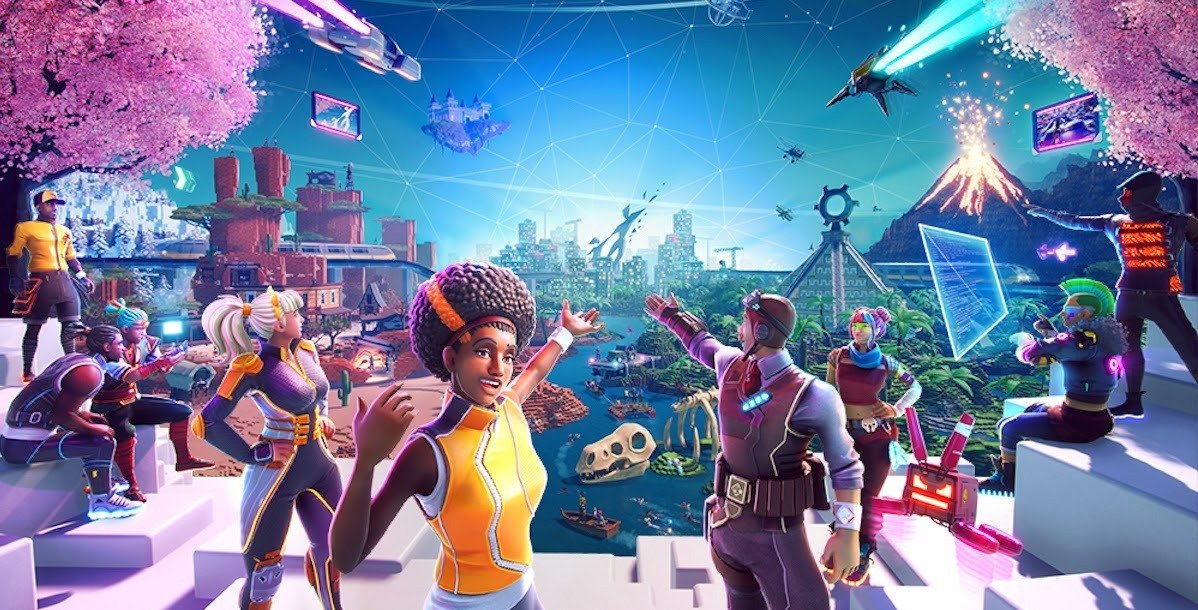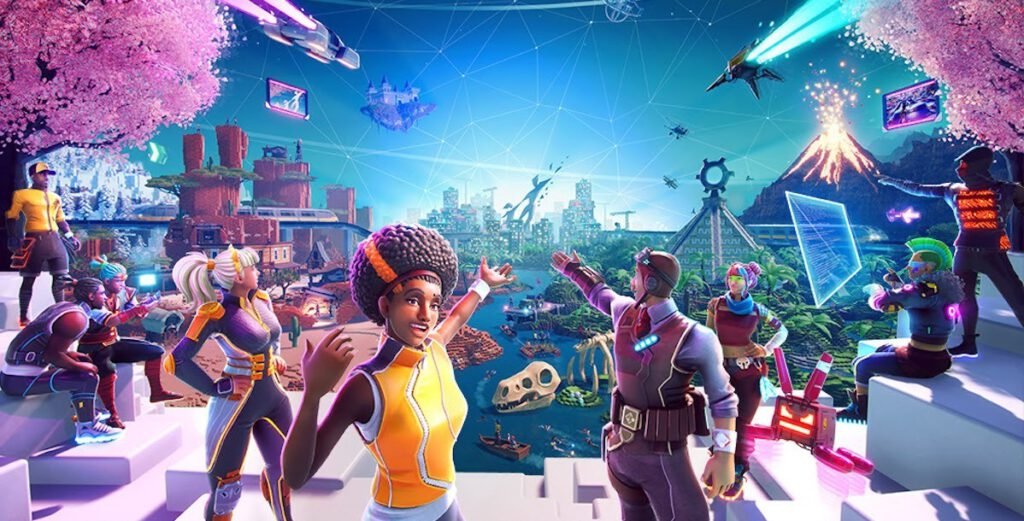
Know the history
Web 1.0
The first generation of Web 1.0-era websites was limited to passively viewing the content, like a read-only document/page.
This is typically identified as the internet (1991 and 2004) that consisted of static content websites in text or image format without much interactivity.
Web 2.0
Web2.0
While the previous version of the internet was mainly populated by developers who were the leading players in creating content, Web2 typically consists of applications conceived to allow anyone to be a creator easily.
User-generated content, ease of use, interactive culture, direct user participation, and interoperability (compatibility with other products, systems, and devices) for end-users are the main features of Web2.
For the first time, anyone could create any type of content, upload a video or photos, write and publish books, comment on people’s posts and allow millions of people to see it. Social media networks were born and will remain protagonists of the world wide web for years to come.
Innovative user-friendly experiences allow a new way of communicating. Businesses that provide information and communication platform started to flourish in exchange for consumers’ personal data. YouTube, Facebook, and Twitter are only a few of the most popular and successful companies of the Web2 era.
The dynamic web with more social and cooperative interaction was welcomed everywhere on the Earth. It came with a trade-off though, the supply of personal and confidential data in exchange for direct participation in the network.
What is Web3.0?
Web3.0 is regarded as the next-generation internet, where everything that could be done in Web2 can still be done but in a decentralized manner.
We’ve highlighted Web2 centralization issues that might jeopardize the authenticity of systems and pose a risk to data security and consumers’ privacy.
Users would typically pay to access the protocol like they would pay to use a cloud provider like AWS today. Except in web3, the money is distributed among the network participants.
Decentralization is Web3’s most important innovation.





